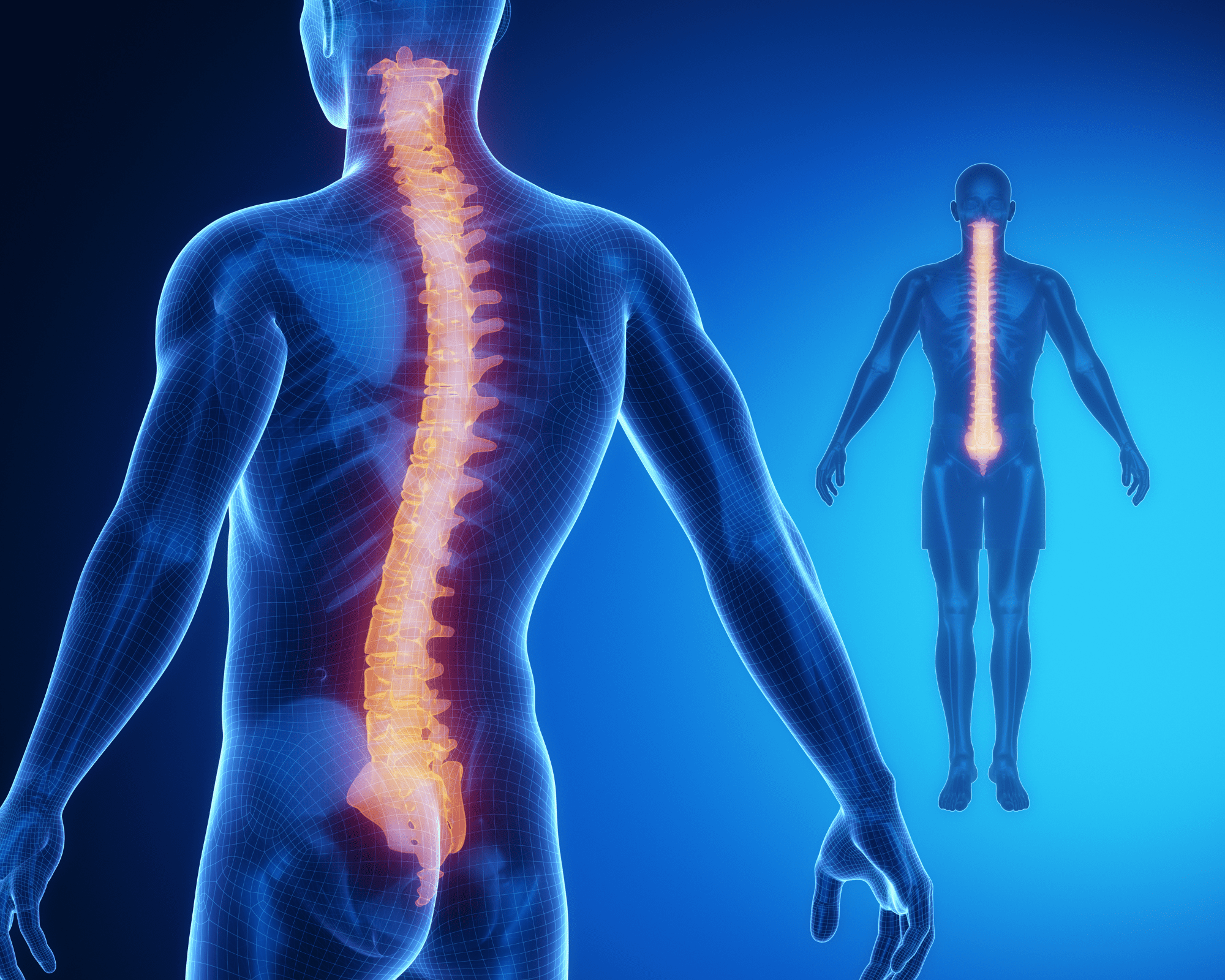Article originally published by Spinalnews
The utilisation and satisfaction of telemedicine has remained high among spine patients, even after the easing of COVID-19 lockdown restrictions. This is according to a new study, published in the journal Spine by Sheeraz Qureshi (Hospital for Special Surgery, New York, USA) et al, which found that almost a third of spine patients still used telemedicine visits post lockdown.
The retrospective cohort study was designed to define telemedicine utilisation rates during and after the initial height of the COVID-19 lockdown period as well as determine patient satisfaction with telemedicine during and after the initial height of the COVID-19 lockdown period for spine patients at an orthopaedic specialty hospital.
According to the researchers, despite previous studies showing “high patient satisfaction with telemedicine during the initial height of the COVID-19 pandemic”, there exists “limited data about spine telemedicine utilisation and patient satisfaction after the reopening of in-person office visits and easing of restrictions on elective surgical care”.

All patients who had an in-person or telemedicine visit at an urban tertiary specialty hospital from 1 April 2020 to 15 April 2021 were identified. Rates of overall telemedicine utilisation over time were delineated and patient satisfaction with telemedicine, as assessed through a series of questionnaires, was evaluated over time.
Overall, 60,368 patients were identified. Of these, 19,568 patients (32.4%) had a telemedicine visit. During the peak initial coronavirus lockdown period, rate of overall telemedicine utilisation on average was greater than 90%. After the peak period, the rate of overall telemedicine utilisation on average was at approximately 29% of all visits per month. The percentage of patients who would have been definitely comfortable if the telemedicine visit had been in-person increased over the entire study period (p<0.001). Despite this, patient satisfaction based on survey responses remained statistically similar throughout the study period (p>0.05).





